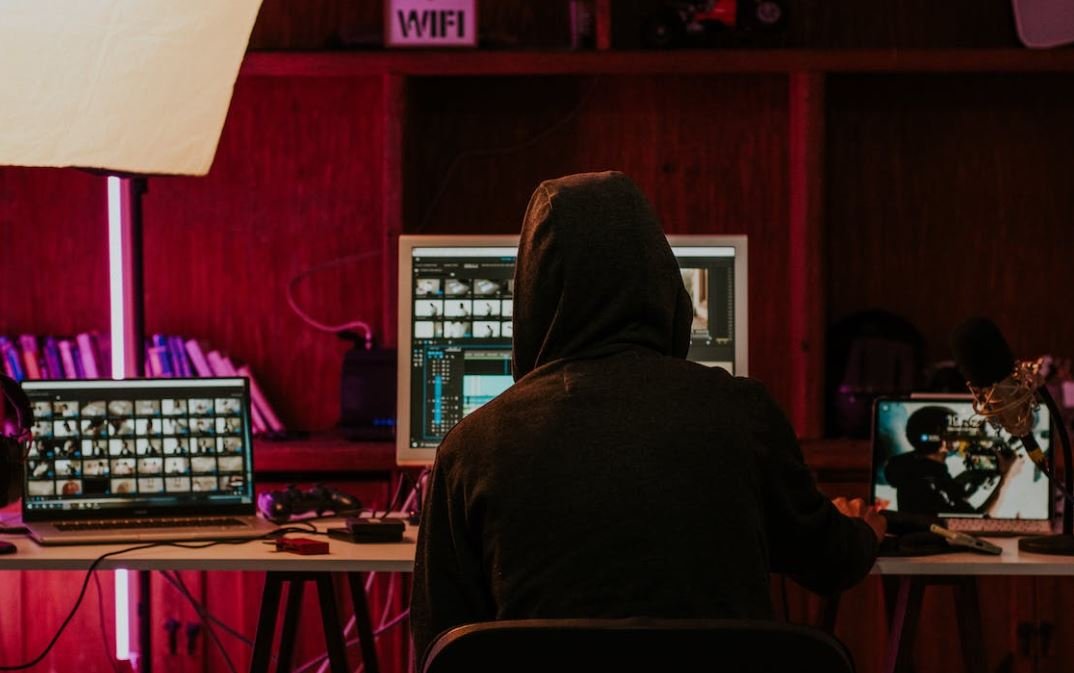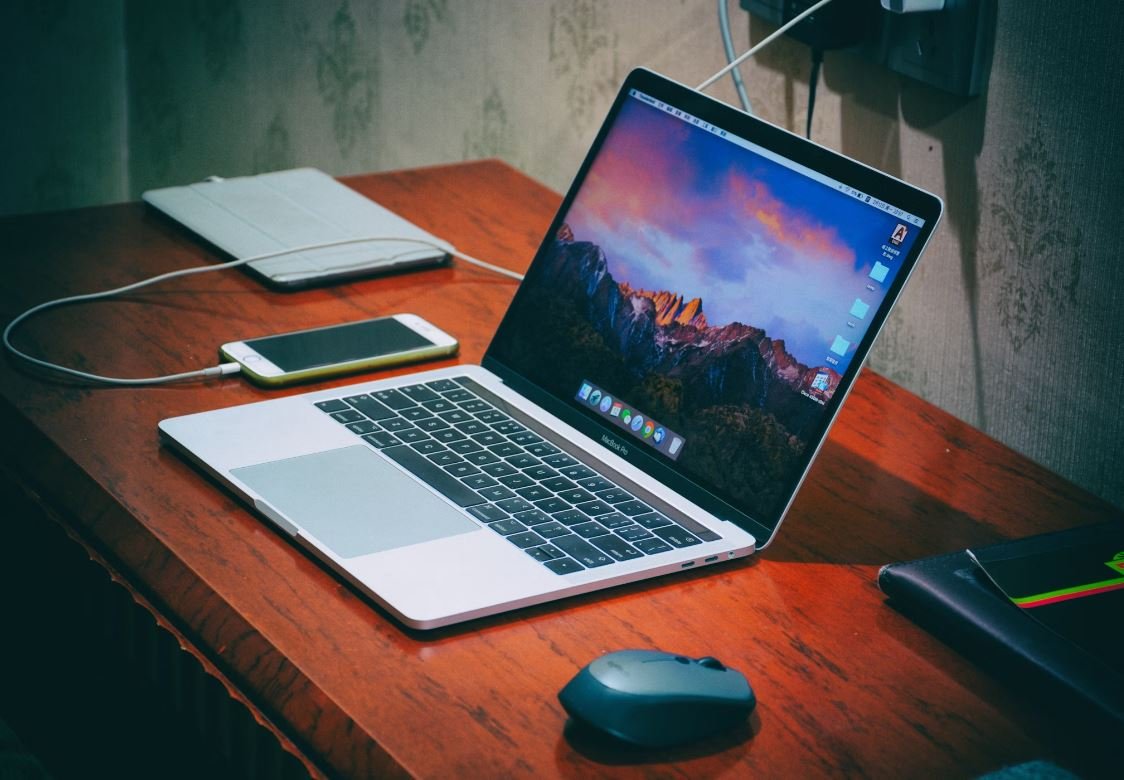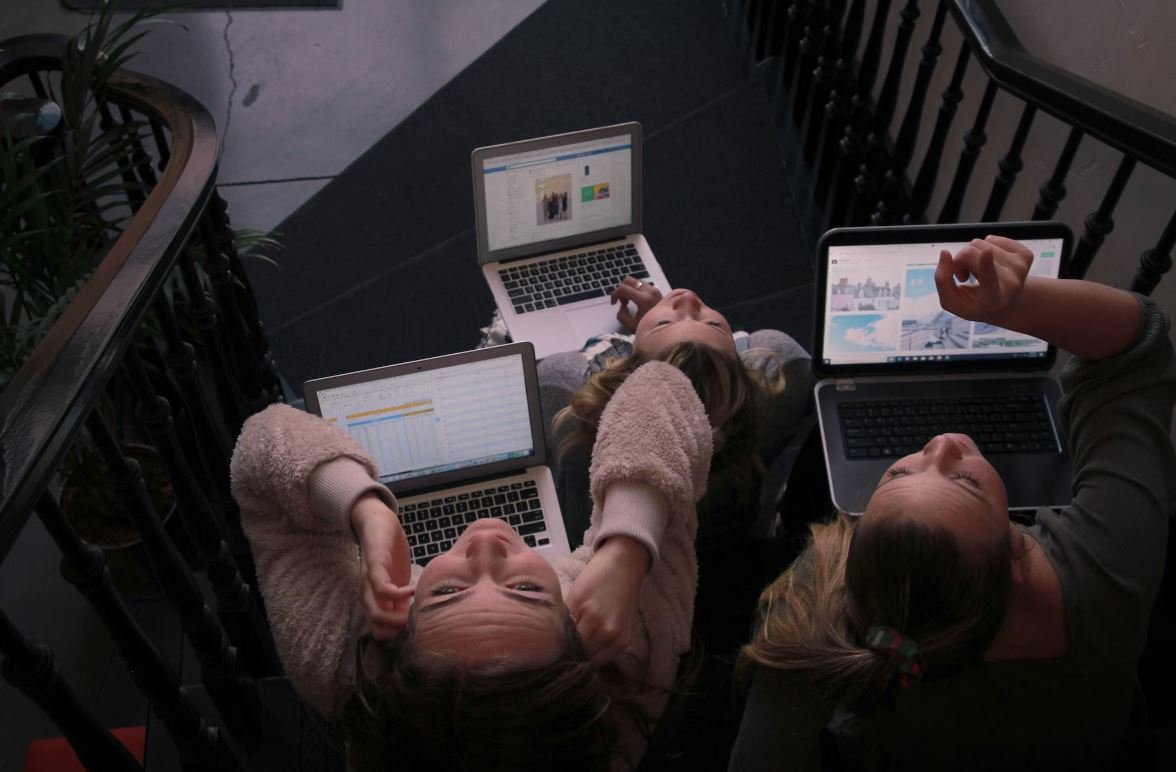Deepfake App
Deepfake technology has gained significant attention in recent years, leading to the development of sophisticated apps that allow users to easily create deepfake videos with a few simple steps. These apps utilize artificial intelligence algorithms to manipulate and alter videos, making it difficult to distinguish real from fake. While the technology has its uses in the entertainment industry, it also raises concerns about potential misuse and ethical implications.
Key Takeaways:
- Deepfake technology allows users to create realistic videos by replacing people’s faces with others, using artificial intelligence algorithms.
- Deepfake apps have gained popularity due to their user-friendly interfaces and accessibility, making it easier for anyone to create misleading or fraudulent videos.
- The technology raises serious concerns regarding privacy, identity theft, and the spread of disinformation.
**Deepfake apps have made it increasingly simple for individuals to create convincing fake videos. These apps utilize powerful machine learning algorithms to analyze existing videos and generate realistic copies with altered faces.**
One interesting aspect of deepfake apps is their ability to **swap faces in real-time**, allowing users to modify videos on the go. This feature opens up possibilities for entertainment and creative expression but also raises concerns about the potential for misuse.
The Rise of Deepfake Apps
With the development of deepfake apps, the creation of fake videos has become more accessible and widespread. These user-friendly apps provide individuals with the tools to manipulate videos without needing advanced technical knowledge. As a result, the number of deepfake videos being shared online has increased significantly.
The simplicity of deepfake app interfaces has made it possible for anyone, even those without prior video editing experience, to create seemingly genuine videos. This accessibility has, unfortunately, made it easier for **malicious actors to spread misinformation or defame individuals** by creating and sharing misleading deepfake content.
The Ethical Implications
The rise of deepfake apps poses serious ethical implications. On one hand, these apps have the potential to revolutionize the entertainment industry by allowing filmmakers to seamlessly incorporate actors’ faces into scenes or revive deceased celebrities for new films. However, the line between harmless entertainment and malicious intent is easily blurred.
**Deepfake apps blur the boundaries of truth by creating realistic videos that are almost indistinguishable from real footage**. This raises concerns about the potential for deepfake videos to be used for nefarious purposes, such as affecting political campaigns, spreading hoaxes, or blackmailing individuals.
Data Tables:
| Year | Number of Deepfake Videos |
|---|---|
| 2017 | 2,000 |
| 2018 | 7,000 |
| 2019 | 32,000 |
Above is a table presenting the drastic increase in the number of deepfake videos over the years, highlighting the growing prevalence of this technology.
| Concerns | Impact |
|---|---|
| Privacy invasion | Can cause reputational and psychological harm to individuals. |
| Identity theft | Can lead to financial loss and damage to one’s personal or professional life. |
| Disinformation | Can deceive the public and manipulate public opinion. |
A table above outlines some of the key concerns associated with deepfake technology and the impact it can have on individuals and society at large.
Addressing the Challenges
Given the potential harm and misuse of deepfake apps, there is a need for collaborative efforts between technology companies, policymakers, and society as a whole to mitigate the risks. Here are some potential solutions:
- Developing more advanced and reliable deepfake detection tools to help identify and flag manipulated videos.
- Increasing public awareness about the existence of deepfake technology and its implications to promote critical thinking and digital literacy.
- Implementing stricter regulations and policies surrounding the creation and distribution of deepfake content to prevent its misuse.
By addressing the challenges associated with deepfake technology, we can strive towards a safer and more responsible use of this powerful tool.
Overall, deepfake apps have contributed to the accessibility and prevalence of manipulated videos. While the technology has its potential benefits, it is crucial to remain vigilant and cautious about the risks and impact it may have. By staying informed and actively working towards solutions, we can ensure a future where deepfake technology is used responsibly and ethically.

Common Misconceptions
Deepfake App
There are several common misconceptions about deepfake apps that have been circulating among the public. It is important to address these misconceptions in order to have a better understanding of what deepfake apps are and how they work.
- Deepfake apps can only be used for malicious purposes.
- Deepfake apps create perfect and undetectable fake videos.
- Deepfake apps are accessible only to skilled programmers or hackers.
Firstly, one of the prevailing misconceptions is that deepfake apps can only be used for malicious purposes. While it is true that some individuals have misused the technology for things like revenge porn or spreading misinformation, deepfake apps have potential for positive applications as well. For example, they can be used in the film industry to create visual effects or in the entertainment sector for impersonating celebrities.
- Deepfake apps can be used for creative and artistic purposes.
- Deepfake apps have the potential to revolutionize the entertainment industry.
- Deepfake apps are being researched for use in educational and historical settings.
Secondly, people often believe that deepfake apps can create perfect and undetectable fake videos. However, this is not entirely true. While deepfake technology has advanced significantly, there are still noticeable imperfections in most deepfake videos. By paying close attention to details like inconsistent lighting, unnatural movements, or glitches around the face, it is possible to identify fake videos created using deepfake apps.
- Deepfake videos often have noticeable imperfections and inconsistencies.
- Locating subtle clues can help identify a deepfake video.
- In advanced deepfake videos, it may be difficult to distinguish between real and fake.
Lastly, many people assume that deepfake apps are only accessible to skilled programmers or hackers. While deepfake technology does require some technical expertise to develop and improve, there are now user-friendly and widely available deepfake apps that can be used by anyone with a basic understanding of technology. These apps often come with pre-built models and user-friendly interfaces, making them accessible to a broader audience.
- Deepfake apps with user-friendly interfaces are readily available.
- No extensive programming knowledge is required to use deepfake apps.
- Open-source deepfake apps have contributed to the accessibility of the technology.

Introduction
In recent years, deepfake technology has gained significant attention due to its potential implications on various aspects of society. Deepfake apps, in particular, have become increasingly popular, allowing users to create realistic but fabricated videos or images. This article explores some intriguing aspects of deepfake app usage through a series of engaging tables.
Table A: Demographics of Deepfake App Users
This table depicts the distribution of deepfake app users based on their demographics, including age, gender, and location. It reveals how these factors influence the popularity and user base of these applications.
Table B: Popular Deepfake App Platforms
Here, we present a comparison of popular deepfake app platforms, showcasing their user ratings, download counts, and app features. This comparison helps users to make informed decisions when choosing the right app for their deepfake creations.
Table C: Celebrity Look-Alike Deepfake Accuracy
By analyzing thousands of deepfake videos, this table examines the accuracy of deepfake apps in creating celebrity look-alikes. It provides a comprehensive assessment of how closely the generated deepfakes resemble the targeted celebrities.
Table D: Deepfake Detection Techniques
Furthermore, this table illustrates various techniques employed to detect deepfakes, including facial manipulation analysis, audio anomalies detection, and machine learning-based algorithms. Understanding these techniques aids in the development of effective countermeasures against malicious deepfake content.
Table E: Deepfake Impact on Media Trustworthiness
Examining the impact of deepfake apps on media trustworthiness, this table catalogues instances where deepfakes were used to deceive the public, highlighting the potential dangers and consequences associated with the misuse of such technologies.
Table F: Deepfake App User Ratings
Here, the table presents user ratings and reviews of popular deepfake apps, offering insights into their overall user satisfaction and performance. These ratings can guide potential users in selecting a reliable deepfake app.
Table G: Legal Regulations Surrounding Deepfakes
This table outlines the existing legal regulations and challenges surrounding deepfake technology across different countries. It sheds light on the efforts made to combat the negative impacts of deepfakes and protect individuals from potential harm.
Table H: Deepfake App Privacy Policies
Privacy concerns are addressed in this table, showcasing the privacy policies and data collection practices of various deepfake apps. Users can refer to this information before deciding which app aligns with their data protection preferences.
Table I: Deepfake App Innovation Timeline
Tracing the evolution of deepfake app technologies, this table presents a timeline of key innovations and breakthroughs. It highlights the rapid pace of advancements in this field and the potential future developments users can anticipate.
Table J: Deepfake App User Feedback on New Features
Lastly, this table compiles user feedback regarding new features or improvements requested by deepfake app users. Understanding user expectations and suggestions aids developers in enhancing the overall user experience and feature set.
Conclusion
Deepfake apps have emerged as powerful tools for creating realistic but fabricated visual content. Through the tables presented in this article, we have explored various facets of deepfake app usage, including demographics, accuracy, detection techniques, impact, regulations, privacy, and innovation. These tables provide valuable insights for users, regulators, and developers alike, helping to understand the current landscape and navigate the opportunities and challenges surrounding deepfake apps.
Frequently Asked Questions
What is deepfake technology?
Deepfake technology is a type of artificial intelligence that is used to manipulate or create media content, such as images, videos, or audio, in a way that appears realistic but is actually altered or synthesized.
How does a deepfake app work?
A deepfake app utilizes deep learning algorithms and neural networks to analyze and process existing media content and then generate new or modified content. It uses these algorithms to learn patterns, features, and characteristics of the original media, and then applies them to the target media to create a convincing deepfake.
What can I do with a deepfake app?
A deepfake app allows you to create altered or synthesized media content by swapping faces, modifying expressions, changing voices, and even creating entirely new content. It can be used for entertainment purposes, artistic expression, or in some cases, malicious activities.
What are the potential risks and dangers of deepfake technology?
Deepfake technology can pose several risks and dangers, including spreading fake or misleading information, blackmail, identity theft, harassment, and invasion of privacy. Deepfakes can be used to impersonate individuals, create misleading political propaganda, or deceive people into believing false information.
Are there any legal implications of using a deepfake app?
Yes, the use of deepfake technology can have legal implications. Depending on the jurisdiction, creating and sharing deepfakes without consent can be considered defamation, invasion of privacy, fraud, or copyright infringement. It is important to understand and comply with the laws and regulations in your specific jurisdiction.
How can I determine if a video or image has been deepfaked?
Detecting deepfakes can be challenging, but some signs to look out for include unnatural movements, visual artifacts, mismatched or distorted facial features, inconsistent lighting or shadows, and lack of eye movement. It is advisable to rely on expert opinions and use advanced forensic techniques to identify deepfakes accurately.
Can deepfakes be used for positive purposes?
While deepfakes have received negative attention due to their potential for misuse, they can also be used for positive purposes. For instance, deepfake technology can be used for creating realistic animations, special effects in movies, improving visual effects in video games, and even in medical research for data augmentation.
What measures can I take to protect myself from deepfake threats?
To protect yourself from potential deepfake threats, it is recommended to be cautious when consuming media content online. Be skeptical of unfamiliar sources, double-check information, and avoid sharing unverified content. Keep your software and security systems up to date, use strong and unique passwords, and be mindful of your privacy settings on social media platforms.
Are there any tools or technologies available to detect deepfakes?
Yes, there are several tools and technologies being developed to detect deepfakes. These include machine learning algorithms, image and video analysis techniques, and deepfake detection software. However, the technology is still evolving, and it is crucial to stay updated with the latest advancements to effectively combat the threat of deepfakes.
What is the future of deepfake technology?
The future of deepfake technology is uncertain, but it is expected to continue advancing rapidly. As techniques for creating and detecting deepfakes improve, it is crucial to strike a balance between innovation and regulation to prevent misuse. Researchers and experts are actively working towards developing robust detection methods and ethical guidelines for the responsible use of deepfake technology.




